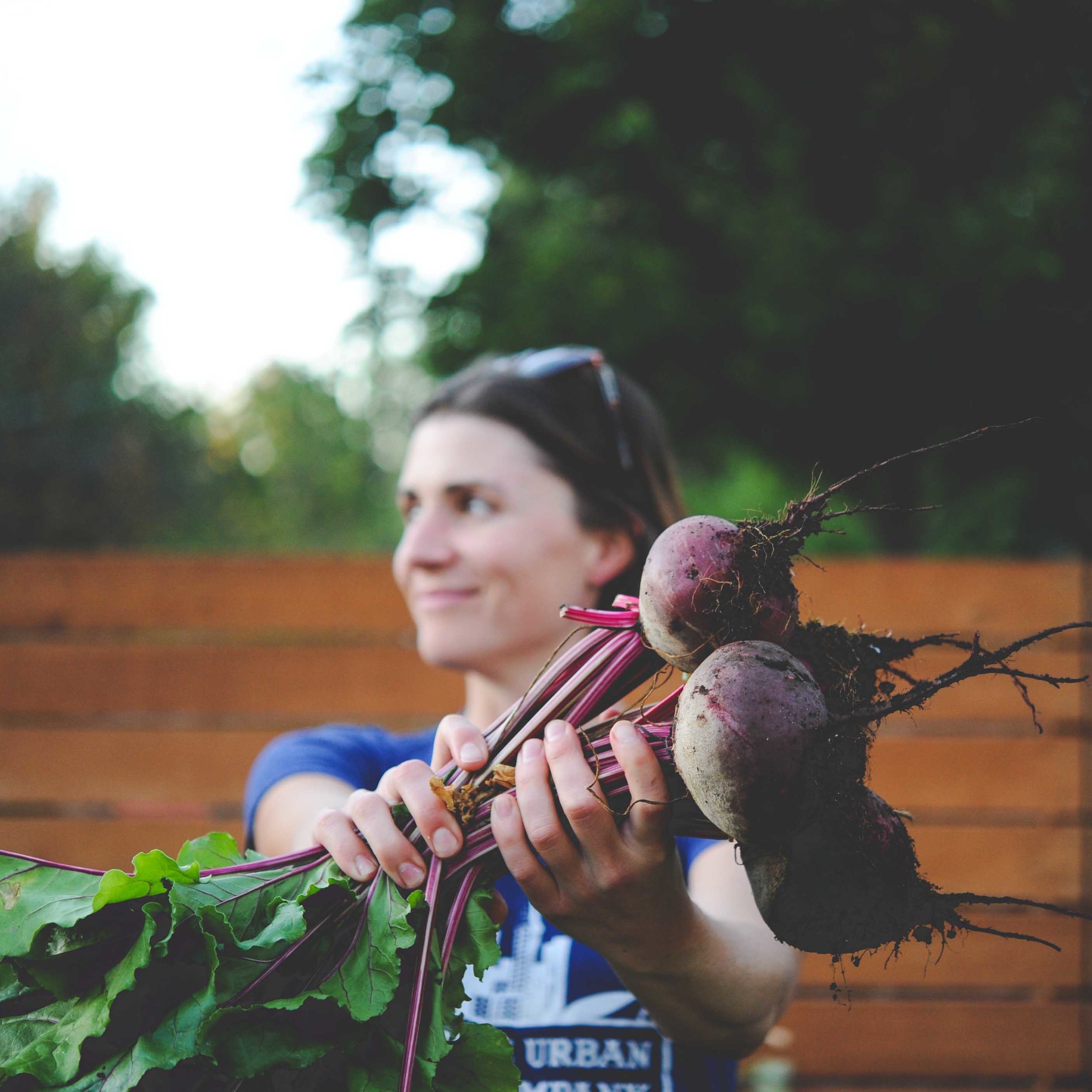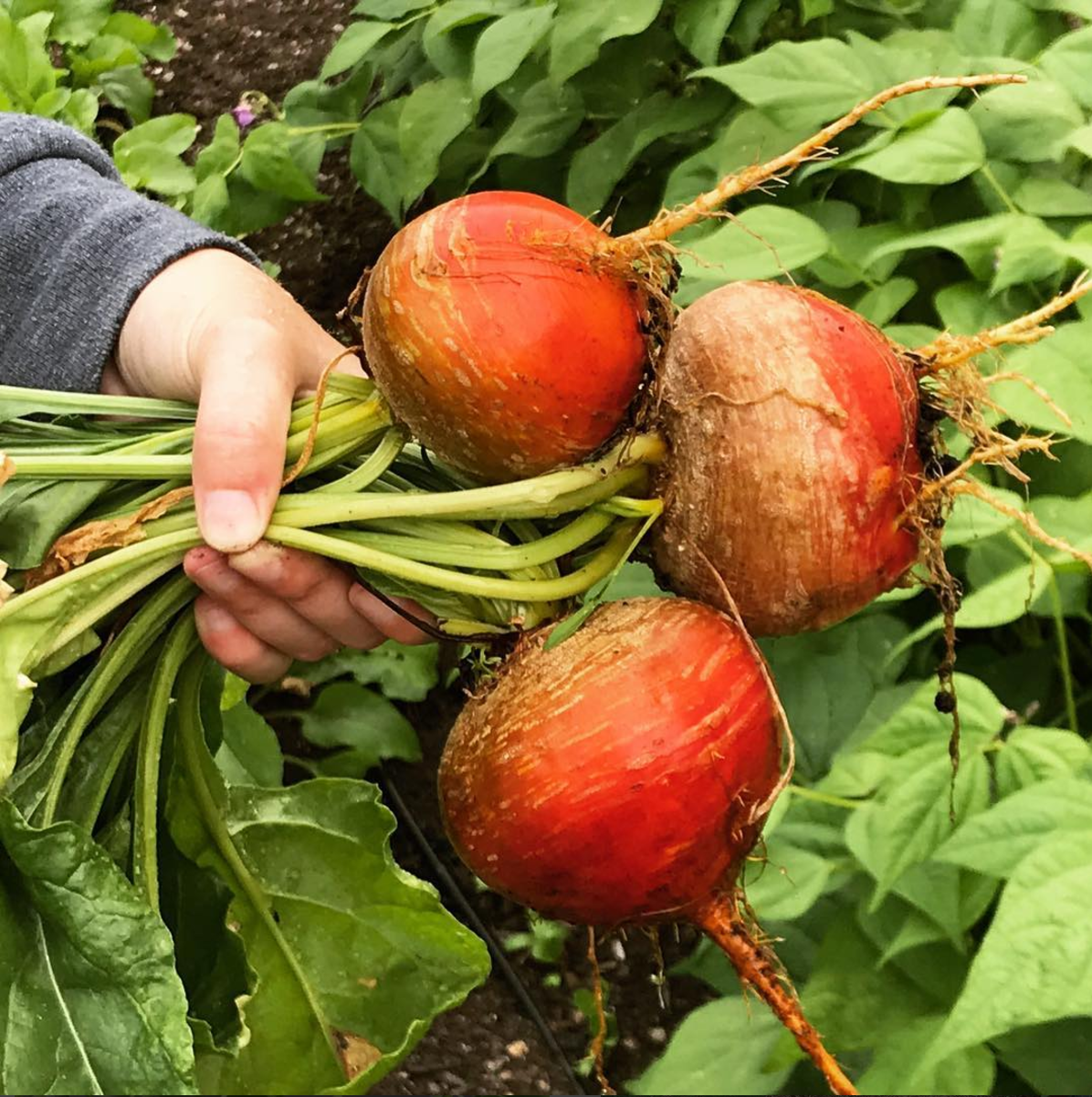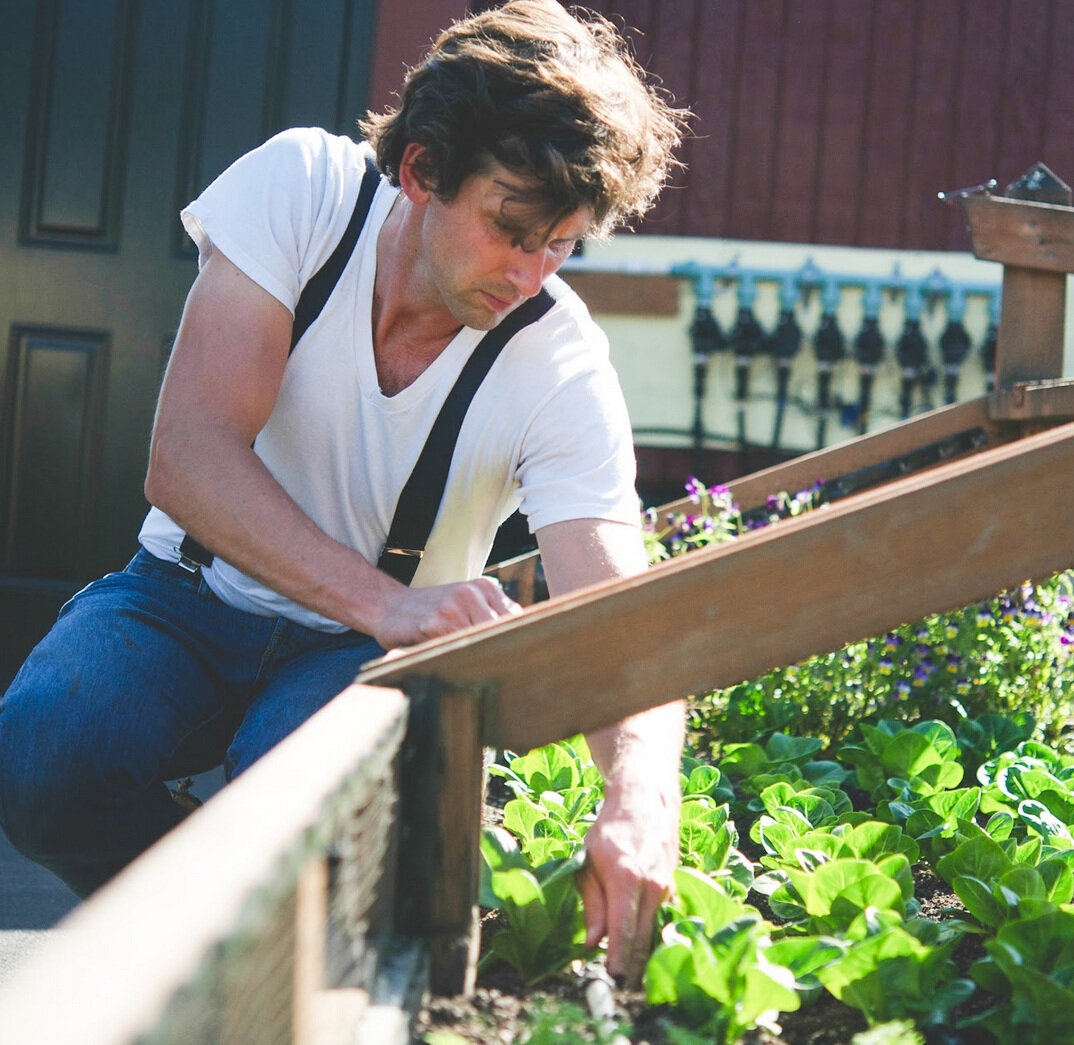The Fall season is almost upon us, and the discussion happening in our Slack group definitely reflects that. Summer crops are wrapping up, and our Fall gardens are full of short and half season plantings to round out the year. In addition to questions about powdery mildew and growing the best beets, we're also thinking ahead to fruit tree pruning and soil amendments. Tune in to today's episode for the September highlights from Club Encyclopedia Botanica, our Slack group for podcast funders.
HOW TO LISTEN:
Subscribe in iTunes (or your favorite podcast player) to have our podcasts sent directly to your device.
Listen right now in your browser by clicking above.
SHOW NOTES:
In this episode, we discuss:
Powdery mildew
Growing great beets
Potted fig tree pruning
To reuse or not to reuse the soil from container growing
Sanitizing pruning shears
Important Take-aways:
Powdery mildew is a fungal disease that shows up as white spots on the leaves of your plants. It’s common on plants in the cucurbit family, including squash and cucumbers. Remove the heavily damaged leaves and spray this homemade anti-fungal on the rest of the plant to help slow the spread: https://www.seattleurbanfarmco.com/blog/2014/2/1/organic-anit-fungal-spray-for-peas-and-summer-squash
Beets are heavy feeders and they thrive when planted in nutrient rich soil. Feed them with a kelp-based foliar feeder 3 and 6 weeks after planting and don’t underestimate the value of thinning so there is room for the beets to size up. How are your beets growing this year? Tag your Instagram photos with #beetninja so we can check them out!
Fall/winter is a great time to prune potted figs because the plants are heading towards dormancy. The most important thing to consider is that figs produce on the previous year's growth. Prune off the small suckers and for the main growth, maintain 3-4 main branches.
It’s best to replace the potting soil you are using for container gardening every year to prevent diseases and replenish fertility. You can use that soil elsewhere in your garden but you should always use fresh soil in your containers.
Sanitizing pruning shears is important for preventing the spread of disease. All you need is rubbing alcohol and a bottle with a small nozzle. Spray the rubbing alcohol on your shears between garden visits and always after pruning tomatoes.
Like what you hear? Please share our podcast with a friend. Subscribe on iTunes or your favorite podcast player so you never miss a beat. And we'd really appreciate you showing us some love by leaving a rating and review on iTunes.
Have a topic you'd like see us dig in to? Leave us a note in the comment section below or #EBpodcast on Instagram and Twitter!







